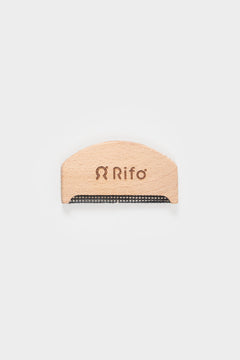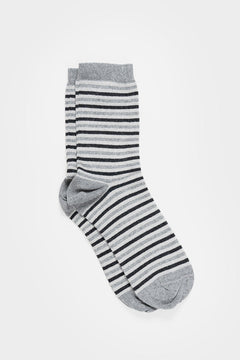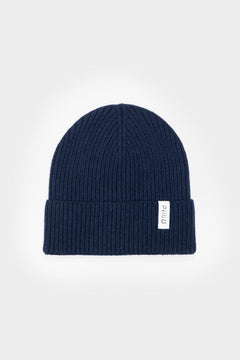Very often you ask us: is it possible to stop producing virgin fibers forever and use only the upcycled ones?
Unfortunately the answer is no and in this article we explain why.
Upcycling textile fibers
Before tackling the issue of upcycling of textile fibers in more detail, it is important to make a small recap on a fundamental question: what does it mean to upcycle textile fibers?
Upcycling a fabric means giving new life to a waste, like a production waste, or to an old garment that we no longer use, which instead of being thrown away as general waste is brought back to the state of fiber, spun again and woven into a new garment of clothing.
This is how upcycled clothes are born, exactly like the ones we make at Rifò.
There are many materials that can be regenerated to create new garments, such as wool, cashmere, cotton and even jeans.
Wearing regenerated clothes offers numerous environmental and social benefits, such as:
- Reduction of water and waste consumption
- Maximization of waste reuse
- Environmental protection
- Improvement of social conditions of work
- Support to the local economy
But if the advantages are so obvious, why can't upcycled fabrics be the only way? The problem is the number of times a fiber can be upcycled.
How many times can you upcycle a textile fiber?
Why are regenerated garments more valuable than the originals?
The real problem that we usually find in big clothing chain, is that they are not designed to last over time. The quality of the clothes has in fact gone into the background since the so-called fast fashion. Fashion that changes every season and that leads to the compulsive purchase of trendy clothes that will inevitably be thrown away a few months later. Furthermore most of these clothes are not made of pure fibers (usually between 95 and 100% of a certain material), but are mixed compositions and this makes the upcycling process impossible.








